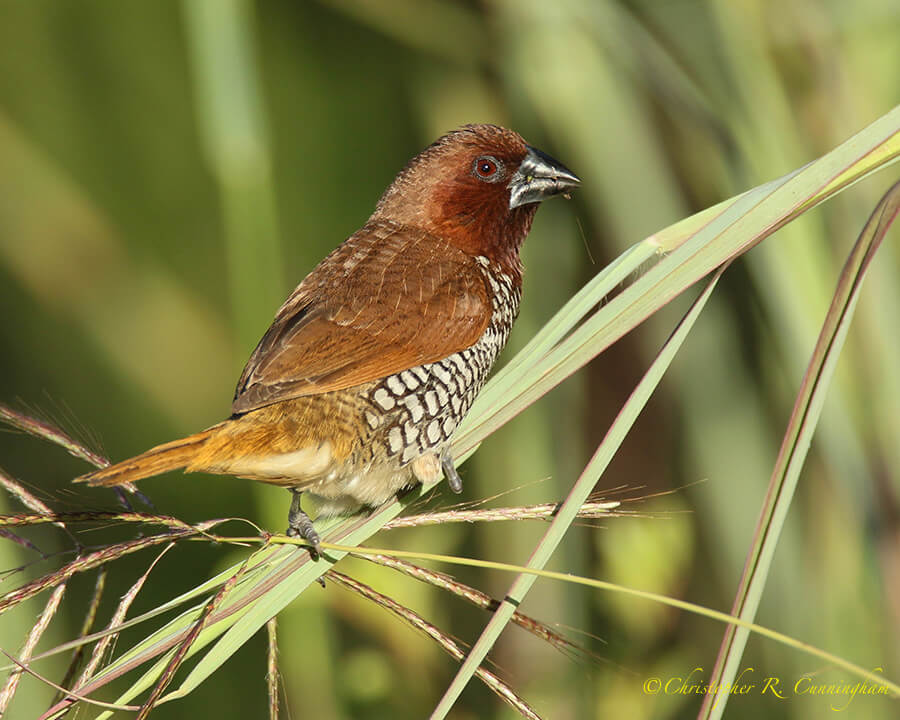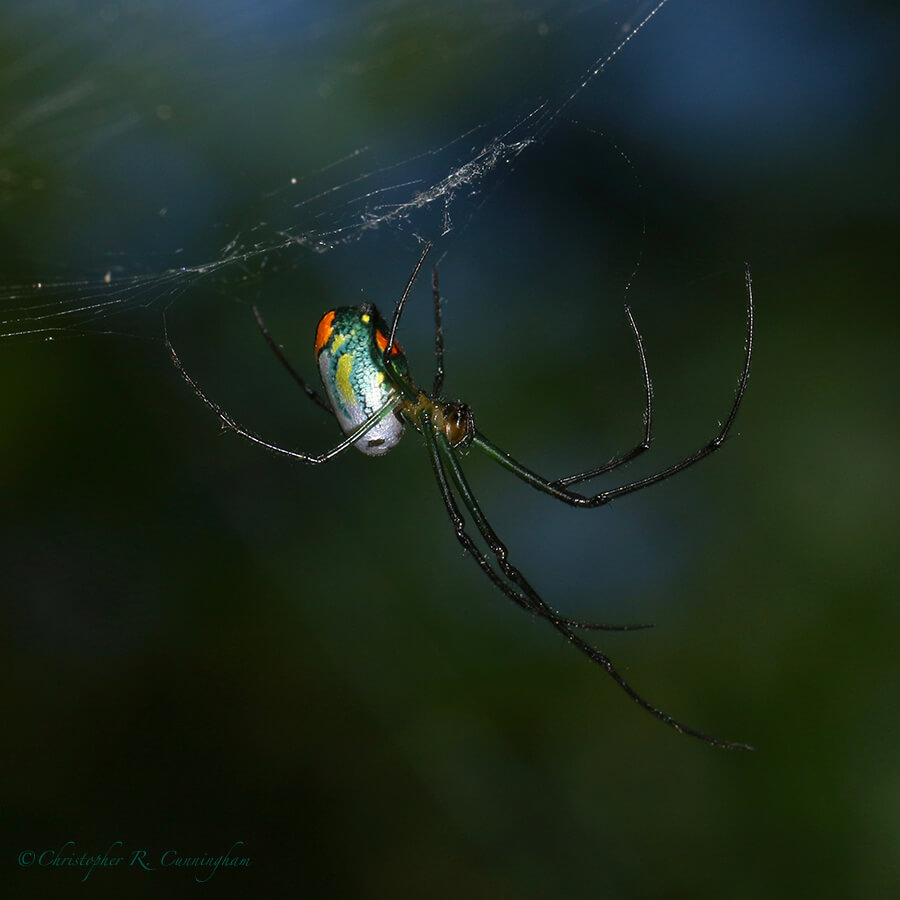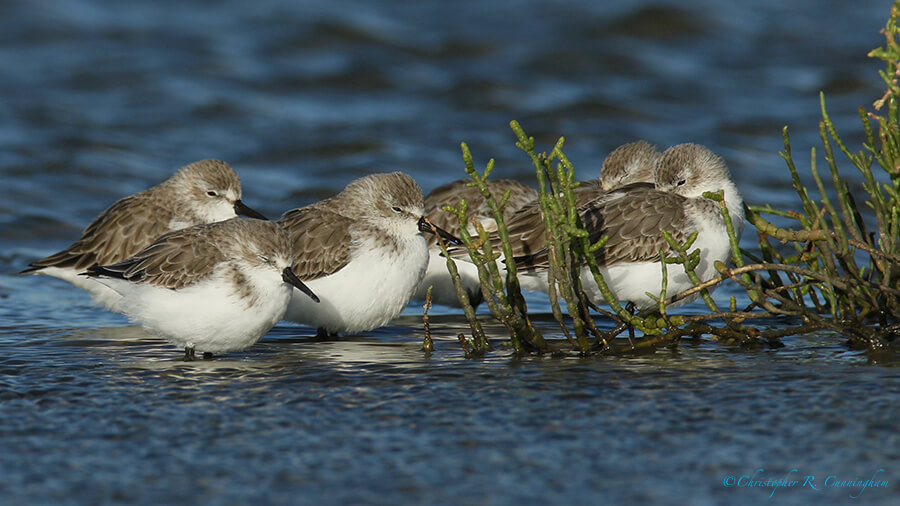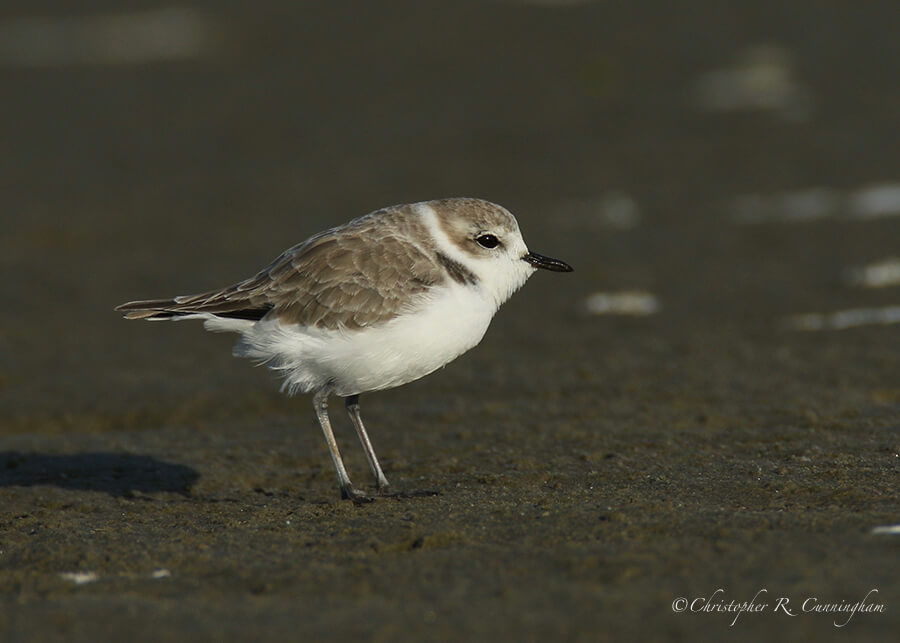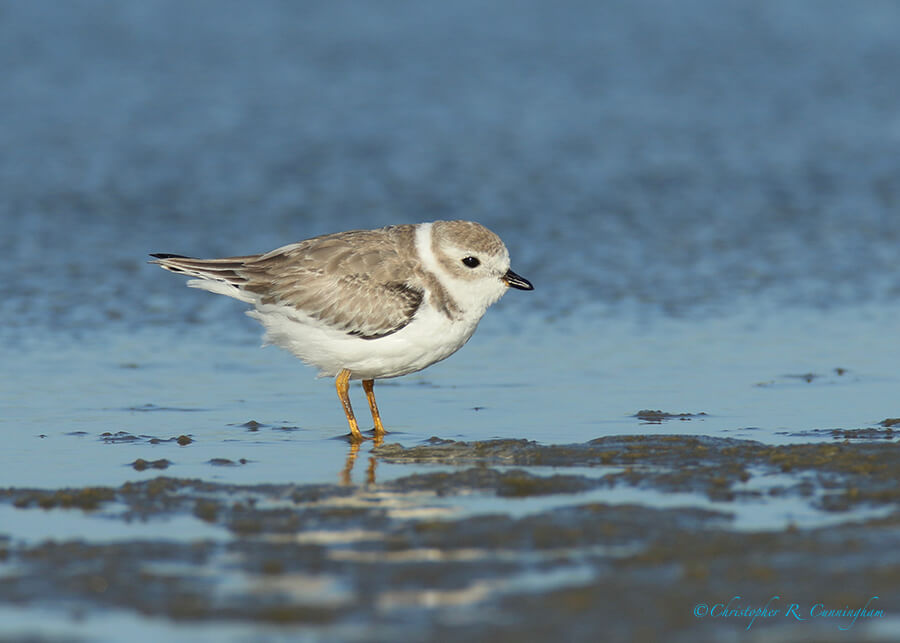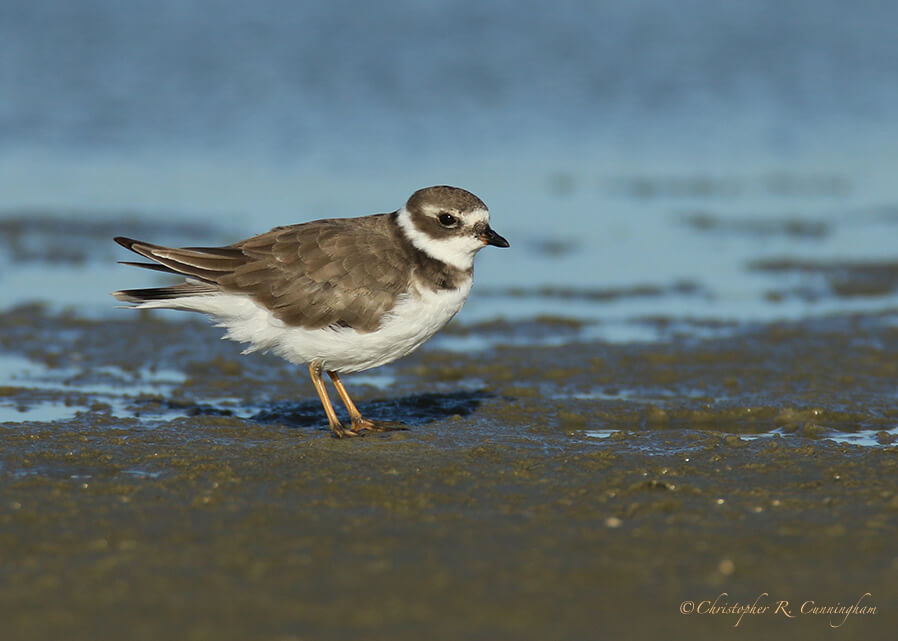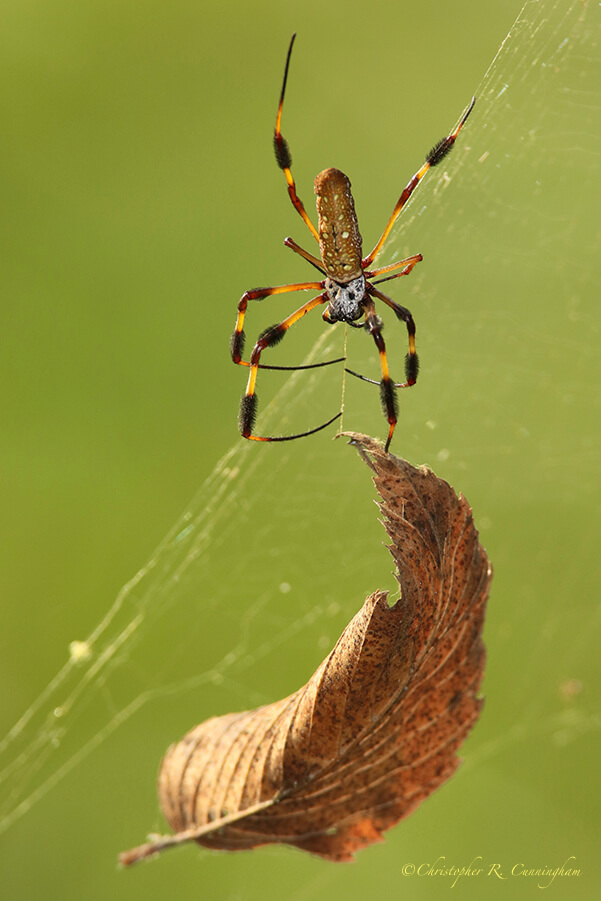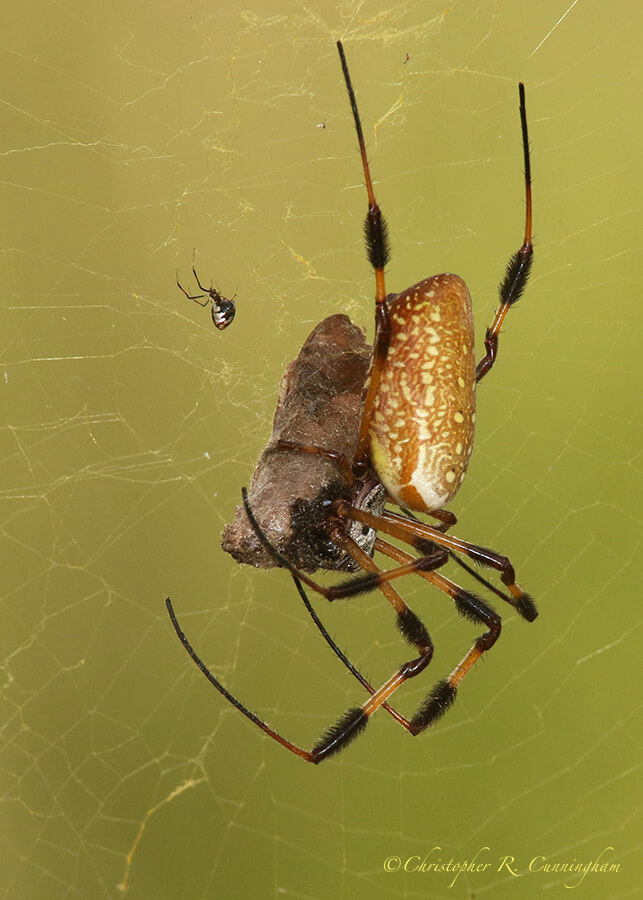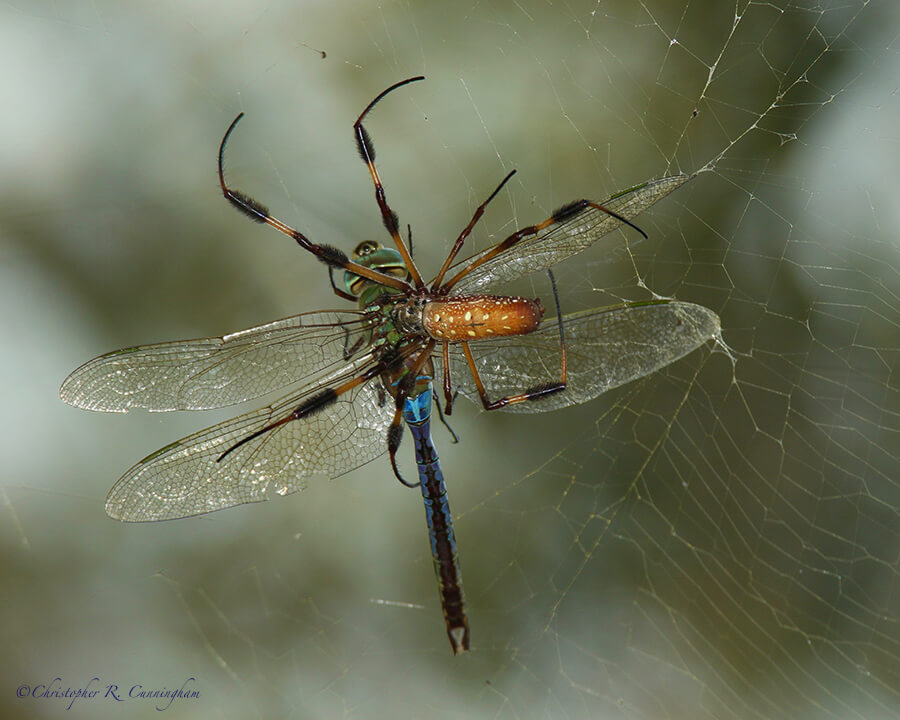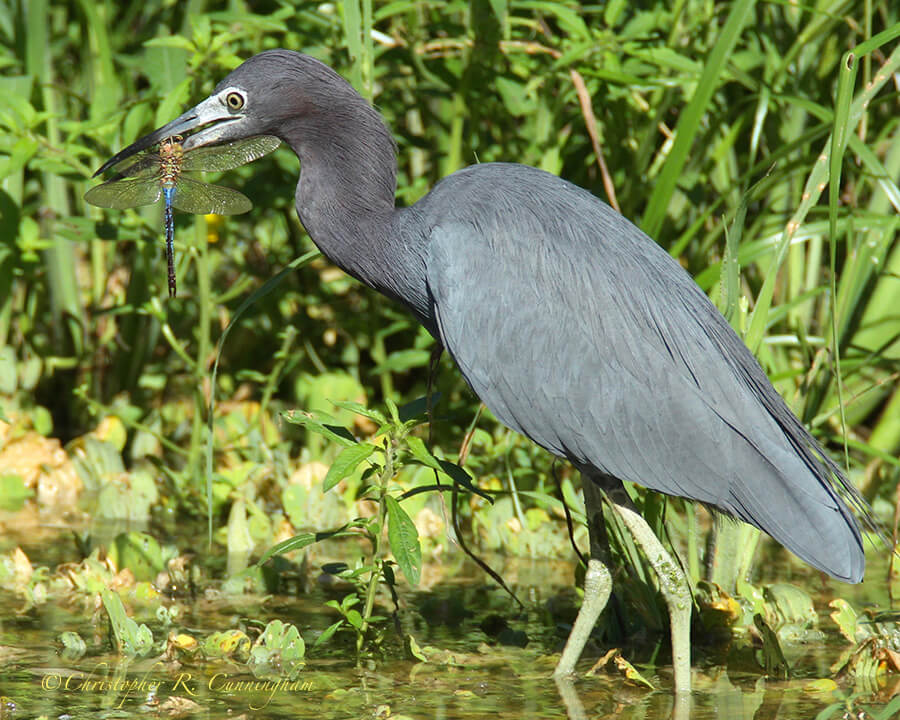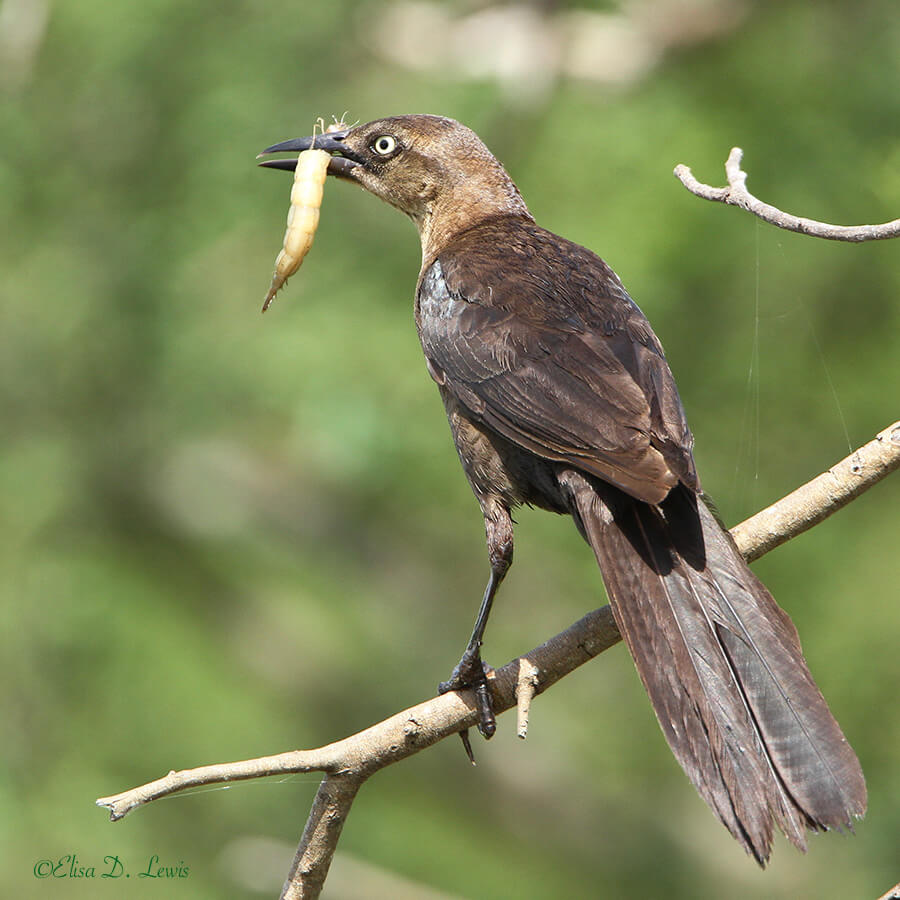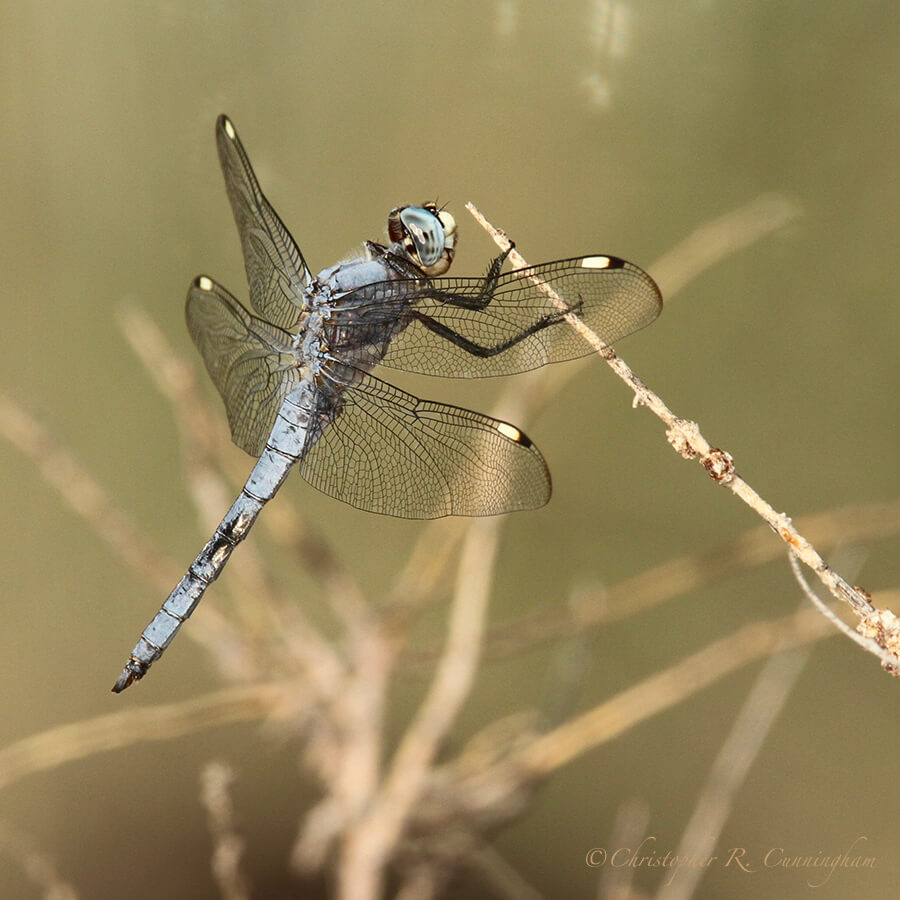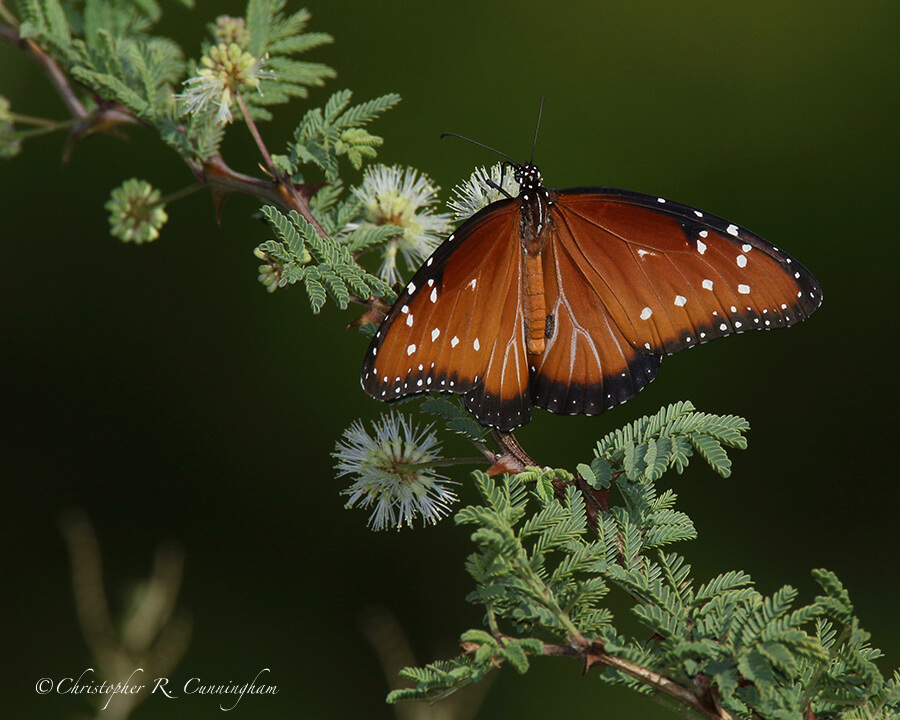Stop acting like a fool, Miles and accept us!—Invasion of the Body Snatchers (1956)
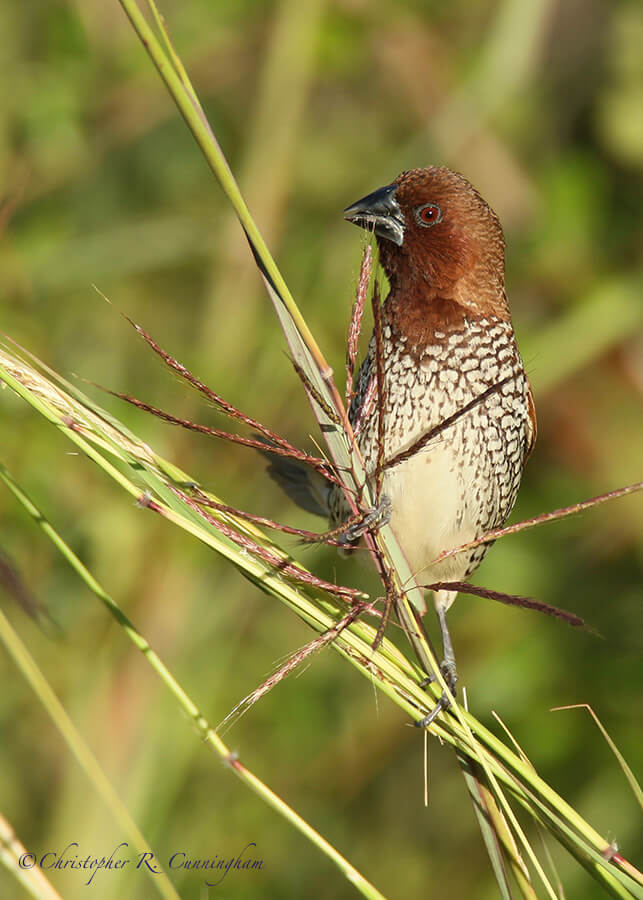
More and more these days I’m doing double-takes while out birding. Last weekend I detected a flock of birds feeding on grass seed heads at Fiorenza Park, Houston. Hoping for a shot at some unusual sparrows (Oooh! Wouldn’t a Henslow’s be great!?!), I stalked toward the stand of grass. As I framed some beautiful shots of . . . whaaaa? Oh geez—some Nutmeg Mannikins or Scaly-breasted Munias or Spice Finches . . . whatever name they go by these days . . . in this part of the world. The birds were Asian exotics, natives of Tropical Asia and Oceania, escapees or releasees from captivity. At least there are both sexes to document . . . I thought.
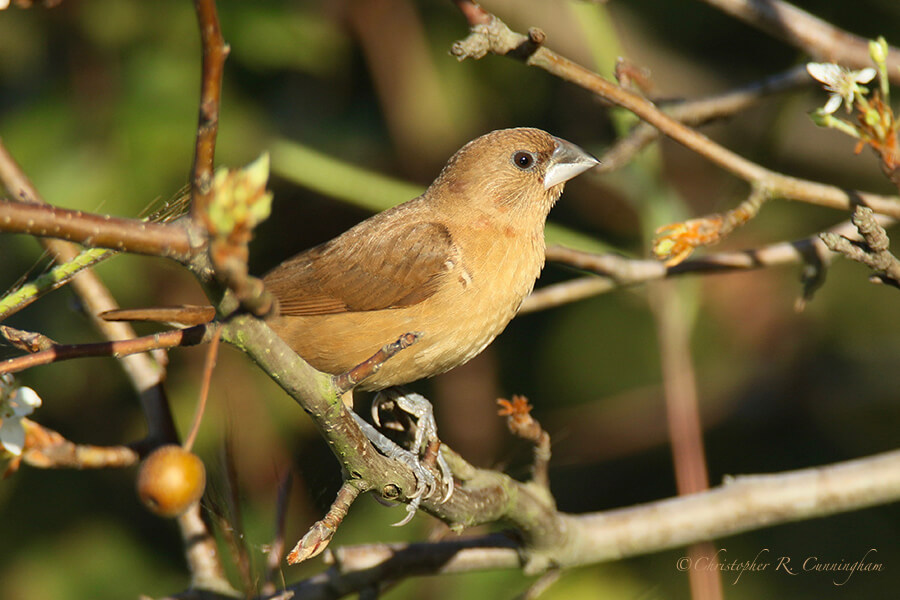
Well, no. Apparently Scaly-beasted Munias all look alike as adults. The dark, creamy yellow ones are immatures . . . not females.
The reason I went to Fiorenza Park that day was because long-time birder friends M.B and J.R. had reported cormorants eating South American armored catfish (Loricariidae) near the bridge where the bayou connecting the the north and south lakes enters the south lake. Naturalist friend R.D. had also recently captured some nice images of a Great Blue Heron eating a big armored catfish at the northwest corner of 40-acre Lake at Brazos Bend State Park. Not wanting to be left out of the fun, I sallied forth on a catfish hunt. Sure enough, in only a matter of minutes a cormorant carrying a big catfish flew over head.
In a matter of about an hour, I spotted a cormorant battling with another armored catfish in the bayou. The bird really appeared to be struggling—not surprising given the nasty fin spines and dermal armor. Ultimately, the bird won and swallowed the fish. The struggle lasted long enough for me to capture sufficient images to make a tentative identification of the fish: Pterygoplichthys multiradiatus. This is one of several common aquarium fishes informally called “plecostomus” or “algae-eaters.” P. multiradiatus has been released from aquaria in many warm places around the world. Often they are considered pests due to the displacement (dare I say replacement?) of native species and burrowing behavior. I wonder if they leave pods behind?
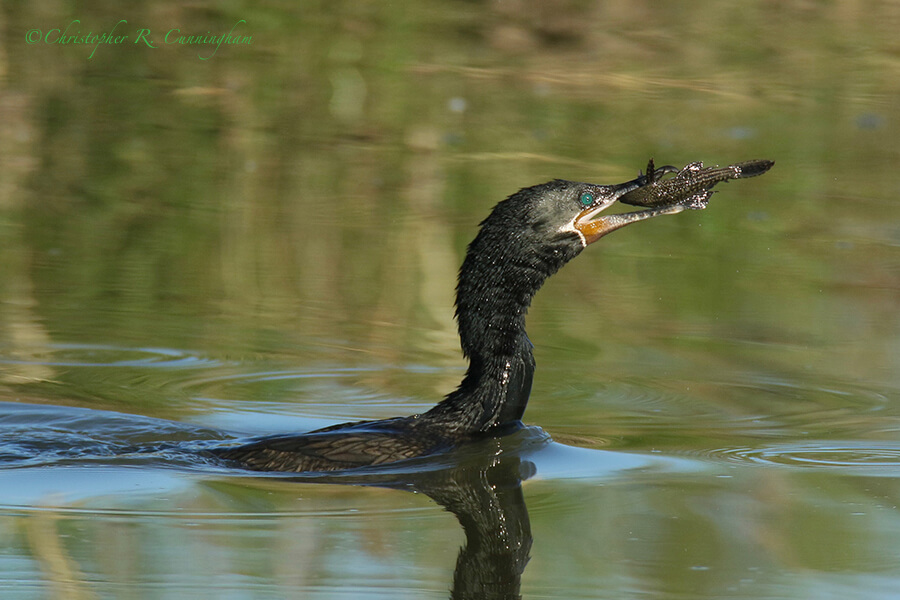
©2016 Christopher R. Cunningham. All rights reserved. No text or images may be duplicated or distributed without permission.

